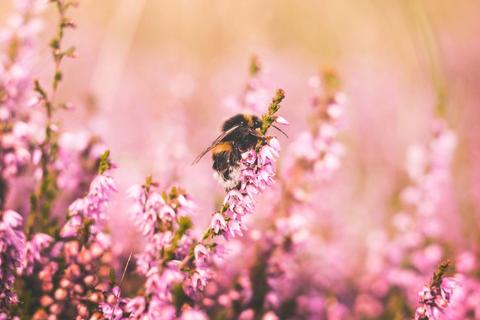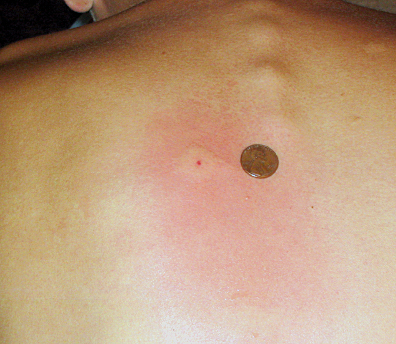
Wasps and bees are very common insects and both of them cause many different types of allergies
In most cases, bee and wasp sting is quite painful and it is usually no worse than that. However, some people might get an allergic reaction from a single sting and some might even get a life-threatening illness from these insects.
The usual allergic reactions to wasps are caused by the toxic wasp sting, which is the red area on the sting where the wasp larva has been stung. The redness will fade away in a week or so and the sting itself is no longer dangerous. However, there are people who suffer from severe allergic reactions and in some cases they have gone to the extent that their lives have been affected severely. Most people who suffer from allergic reactions to bee and wasp sting are those who have a family history of allergies to insects.
To understand what causes allergic reactions to wasps or bees you need to know about the physiology and anatomy of both the wasps and bees. Insects such as wasps or bees are very small creatures, a little less than half an inch long. Their body structure is similar to that of a leaf with their thorax and abdomen being connected by a strong neck. The sting of a bee or wasp is a combination of venom, pheromone secretion and a chemical substance called capsaicin. Allergens are released into the air after the sting has been made and are carried by the wind.
Once an allergic reaction starts, the allergic reaction becomes chronic. It is not only limited to the wasp and bee stings. Any insect that the immune system identifies as a potential irritant can cause an allergic reaction. These could be dust mites, cockroaches, houseflies and even household pets. You can also become allergic to foods, chemicals, personal hygiene products and even medical procedures.
Symptoms of allergic reactions to wasps and bees differ depending on whether the wasp or bee sting is causing the allergy. While wasp stings can cause swelling and redness, bee stings can cause itching and rashes. Common symptoms of allergic reactions to wasps include burning, itching, and crawling. It can be mild to severe, depending on the type of allergic reaction caused.
One of the best ways to treat an allergic reaction to wasps and bees is to use products that contain pesticides or antiparasitic agents. They can be purchased over the counter at most stores or online.

In some cases, allergic reactions to wasps and bees are caused by certain foods, so if you suspect your food may be causing an allergic reaction, you should avoid eating it until you know for sure. Most people avoid eating any fruits or vegetables infected with these insects, as well as some dairy products, as the risk of an allergic reaction to these insects can be increased if there is a history of an allergic reaction. If the insect infestation continues for a long time, it may take several years before the problem goes away completely.
If you suspect that you have an allergic reaction to wasps or bees, you should always seek medical attention at the first signs of an allergic reaction
Medical treatments are necessary to treat anaphylaxis, the inflammation of the blood vessels, and the reaction will continue and increase in severity if left untreated.
The treatment is normally non-invasive, but it is important to first determine what is causing the allergic reaction. Sometimes an allergy to a specific product is hard to pinpoint, so a physician may need to do more tests to confirm the reaction.
The most common reaction from an allergic reaction is anaphylaxis, the swelling of the respiratory passages. This occurs when the immune system reacts to the bee sting or wasp sting protein. It can occur in the throat, mouth or nose and can cause difficulty breathing and wheezing and difficulty swallowing.
Although there is no cure for allergic reaction to wasps and bees, there are treatments that will help prevent further spread of the infection. It is important to avoid being around them and to keep them away from your home. If you do have an allergy to wasps and bees, you may want to consult a physician to determine if there is another reason that might be causing the allergy.